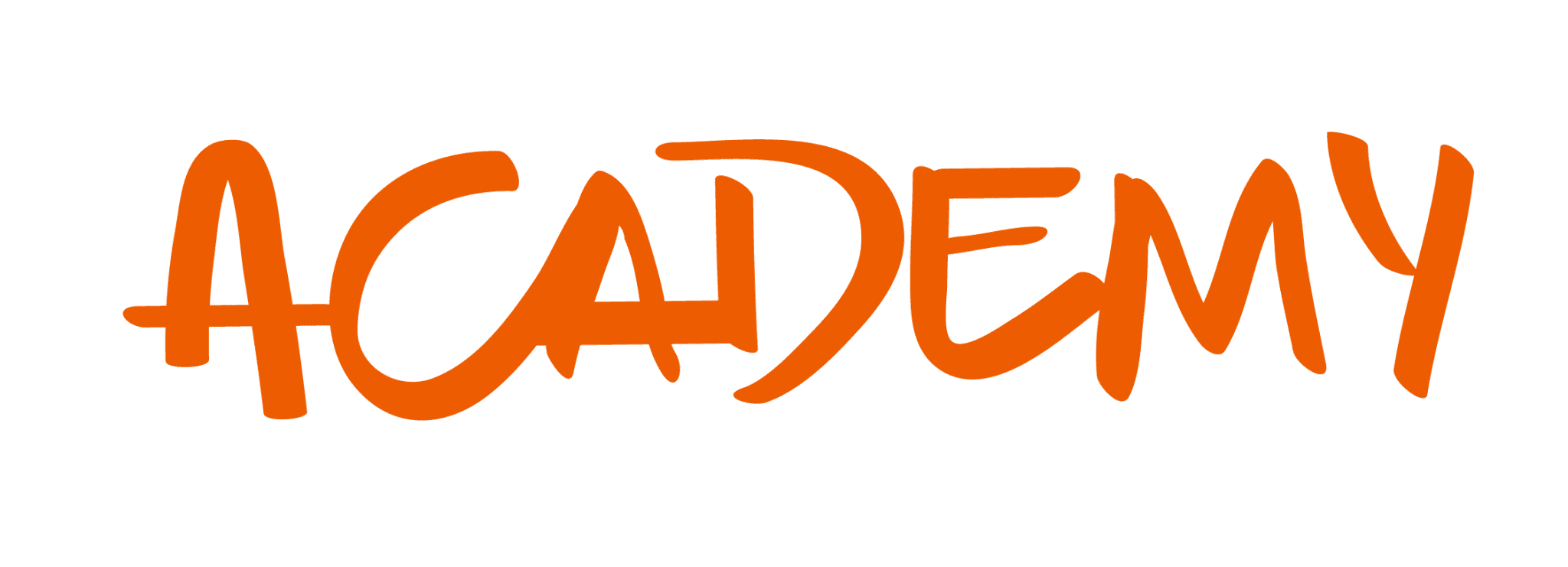You need more than developers and engineers to structure an effective software development team. There are many different roles needed in the software development lifecycle, and the ideal team is made up of the following roles:
- Product owner
- Project manager
- UX / UI designers
- Business analyst
- Software developers
- Team lead / Tech lead
- Scrum master
We’ll go into more detail about what each role involves later in the post.
How Do You Build a Good Software Development Team?
Team structure, talent and communication are just some of the most important factors to consider when building a high-performing software development team. But how do you make sure it’s effective and results-driven? In this section, we’ll look at some top tips for building the perfect team.
- Cover all roles and skills. When you think of software development, you think of programmers and engineers coding away in a whole range of different languages. But the truth is there’s a lot more required if you want to build an effective project team. You need business analysts, technical support and people leaders. Each role has its own specific responsibilities and skills necessary that are essential to a project’s success. Without covering all roles, the team risks delays, poor quality and unsatisfied clients.
- Communicate goals and KPIs. As with any effective team, it’s essential for each member of the project to know what’s expected of them. Goals should be SMART: Specific, measurable, achievable, realistic and timed. Setting team and individual KPIs are also effective ways of driving peak performance in your team. When team members know their goals and targets, they’re more likely to own and achieve them. And those who meet or exceed their goals should be recognized and rewarded to keep motivation levels high.
- Hire diverse talent. In the age of remote working and virtual workspaces, it’s easier than ever to recruit a diverse range of professionals. By searching for talent from a range of different backgrounds, you’ll help bring different ideas, perspectives and values to your team. Your diverse colleagues could help you solve problems you were unable to figure out.
- Make information available. For the optimal delivery of your project, you need to make sure your team members have all the tools they need to access information. Making data available means greater transparency in the progress of your project. It allows team members to see where progress is being made and where improvements may be necessary. This will help you to optimize your operation and deliver your project more efficiently and to a higher standard.
- Automate your processes. Automation means your team members will have more time to spend on billable activities, and that means they can advance quicker with the project and move swiftly onto the next. Programmers should spend time coding, not invoicing. Analysts should be deep in the data, not manually tracking their time. You should equip your team with tools that automates all those time-consuming admin tasks. This will also help look after your team members’ well-being as you’ll be freeing up their time.
Check out this post here to learn more about running an effective IT team.
Product Owner
What do they do?
As the name suggests, the product owner is responsible for all things relating to the product. They listen to briefs and design a product that creates value and meets the client’s requirements. They’re involved at all stages of the project and adapt to any changes. They have to fully understand business needs and are familiar with market trends. As the ones who most understand the final product, they’re essential to any software development team.
What skills do they bring to the team?
The best product owners have a wide range of skills. They need to be creative and have lots of ideas to help them devise a product that matches the client’s brief. They also need to be analytical, as their role involves data-driven decision-making.
Who do they most interact with in the team?
Product owners interact mostly with business analysts and clients. They also work with quality assurance engineers and testers to ensure a high-standard final product.
Project Manager
What do they do?
The project manager is in charge of the development, organization, and delivery of a project. They break it down into modular parts and design the workflow. They distribute tasks amongst the team and are responsible for contracts, budgets and timeframes. Mitigating risks and managing unforeseen circumstances or delays are project management responsibilities. They ensure things run to plan and authorize any changes in delivery. Without the project manager, there’d be no plan or structure to deliver the work.
What skills do they bring to the team?
Project managers need strong leadership and organizational skills as they are the ones who coordinate different team members. They also need to be effective at communication as they connect all different parts of the project, as well as liaising with the client
Who do they most interact with in the team?
As the ones overseeing all parts of the project from start to finish, they interact with all members of the team, as well as the client and stakeholders. That said, the business analyst interacts more with the client, while the project manager focuses more on the team.
UX and UI Designers
What do they do?
UX means user experience, so the UX designer’s main responsibility is ensuring a smooth and user-focussed outcome. Their role is to imagine themselves as the end-user interacting with the product. They make it easy to use and focus on all aspects of the experience: usability, functionality and performance.
UI means user interface which means the UI designer’s role focuses specifically on software and how it looks and feels to the user. They need to make it intuitive and straightforward.
UX/UI designers take the client and product brief and use wireframes to develop the idea. They’re a key part of any software development team as they’re the ones who most champion the users’ needs. There’s a lot of overlap in these two roles, and depending on the size of the project they could be condensed into one.
What skills do they bring to the team?
UX and UI designers need to have a creative flair and strong design focus. They need to be analytical and think outside of the box.
Who do they most interact with in the team?
Unless merged into one role on smaller projects, UX and UI designers mostly interact with each other. They also work closely with the programmers to make sure their designs can be brought to life through code.
Business Analyst
What do they do?
The business analyst is responsible for delivering the client’s commercial needs. That means they listen to the client’s business goals and help them define clear objectives. Then, they take these objectives and convert them into viable software solutions. They’re involved from the very beginning of the process, and connect the client’s needs with the realities of the project. They conduct market research, check out competitors and define target audiences. Creating documentation and testing solutions are also within their remit.
What skills do they bring to the team?
They need strong number skills, as they interpret data to back up their decisions. They need critical thinking and creativity as they “translate” what the client needs into a deliverable solution.
Who do they most interact with in the team?
The business analyst works closely with the product owner and project manager.
Software developers
What do they do?
No software development project is complete without your developers. They’re the ones that actually create the final product by coding in a range of different programming languages. Depending on experience level, teams may have junior, mid and senior developers. In larger projects, you’ll often find different experience levels within the software development teams. Junior programmers can support the rest of the team by helping with simpler tasks, freeing up more senior developers to tackle complex coding.
Software developers aren’t just grouped together according to their experience level, but also to their skillset and specialization. These are known as front-end, back-end and full-stack developers.
Front-end developers create everything the end-user sees and interacts with. They focus on the usability and functionality of the software product. Whereas back-end developers are responsible for the processes and functionality behind what the user sees.
Let’s take app development to help us understand, and we’ll use the example of an e-commerce app. Front-end developers code how the app looks and how users shop. While back-end developers code everything that takes place behind the scenes, like inventory, product uploads, and categorizing.
Full-stack developers have broader, but less in-depth, knowledge of front and back-end programming languages.
What skills do they bring to the team?
Software developers need to be curious as they test different codes when creating the software product. They need a strong eye for detail to spot any broken coding and have a solid knowledge of different programming languages.
Who do they most interact with in the team?
In the software development process, developers work closely with the UX and UI designers.
Developers shouldn’t be confused with software architects, which is a similar but different role. Software architects design the internal structure of a code and are responsible for technical support throughout the software development process. And software engineers are in charge of connecting the client’s needs with technical solutions.
Team lead and tech lead
What do they do?
Often confused, team lead and tech lead are two related but different roles. The team lead is in charge of the overall performance, motivation, and organization of their team. A developer often assumes the role of team lead. They make sure team members work well together and are on track to deliver their software solutions on time. They’re sometimes referred to as engineer managers or architects and are also responsible for the development and learning of their team members.
The tech lead is responsible for overseeing any technical or hardware requirements not relating to the software development process itself. They provide technical direction and integrate external hardware.
What skills do they bring to the team?
A team lead will of course need strong leadership and communication skills.
Who do they most interact with in the team?
As the ones in charge, team leads interact with all members of the IT project.
Scrum master
What do they do?
The scrum master’s role is to ensure the team follows agile methodologies and frameworks. Agile methodologies as a concept can be described as a project management mindset that focuses on collaboration and value creation. As detailed in the Agile Manifesto, its core values are:
- Individuals and interactions over processes and tools
- Working software over comprehensive documentation
- Customer collaboration over contract negotiation
- Responding to change over following a plan
Scrum can be described as a framework within agile methodologies. The name comes from the sport Rugby, where players group together in a scrum to advance up the field, score and win the game. In project management, scrum allows for quick development as the work is carried out in small parts called sprints.
The scrum master is responsible for how the framework is followed in the team. Their role involves removing obstacles, creating a productive environment and helping the team work well together. Although technically a leader, they hold no authority over other team members.
What skills do they bring to the team?
Scrum masters need strong leadership, coaching and organizational skills. They also need to have a project management background and an in-depth understanding of agile software development and methodologies.
Who do they most interact with in the team?
As the ones responsible for ensuring the use of agile methodologies in the team, the scrum master interacts with all team members.
Conclusion
As well as developers, a successful software development team requires a project manager, business analysts, UX/UI designers, team leads and more. A scrum master is necessary to ensure agile software development in a team following agile methodologies. And to build a high-performing team, you need a clear structure, collaboration and communication. It helps as well to hire talent from diverse backgrounds to help bring fresh ideas and new perspectives.
















